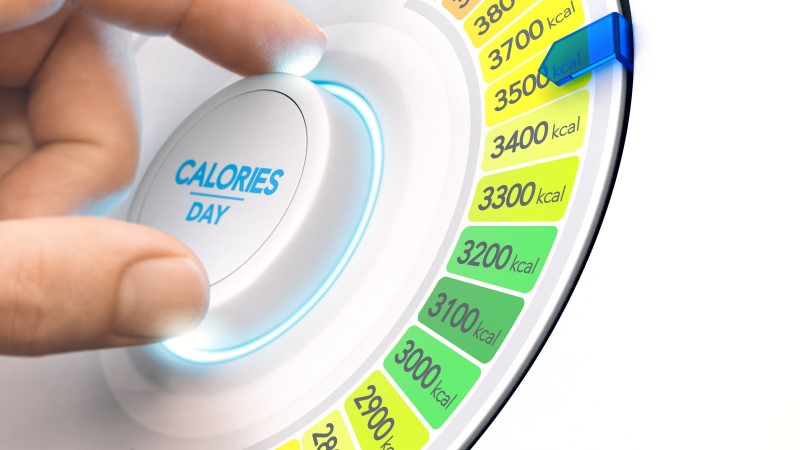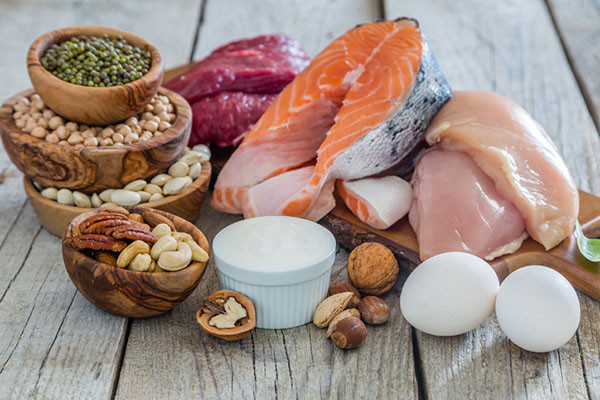How to Calculate Your Calories for Muscle Growth (TDEE Guide)
Training hard without eating enough is like trying to build a house without bricks — the structure won’t hold.
Calories are the building blocks of muscle growth, and knowing your Total Daily Energy Expenditure (TDEE) allows you to dial in your nutrition precisely — no guesswork, no fluff.
In this guide, we’ll break down exactly how to calculate your maintenance calories, create a surplus for muscle growth, and adjust your intake as your body changes.
By the end, you’ll know exactly how much to eat for steady, lean gains.
⚙️ What Is TDEE (Total Daily Energy Expenditure)?
Your TDEE represents the total number of calories your body burns each day.
It includes:
- Basal Metabolic Rate (BMR):
The calories your body needs to stay alive — breathing, digestion, heart rate, etc. - Non-Exercise Activity Thermogenesis (NEAT):
Calories burned from daily movement (walking, working, chores). - Exercise Activity (EAT):
Calories burned from your workouts. - Thermic Effect of Food (TEF):
Energy used to digest food (about 10% of intake).
When you eat exactly your TDEE, your body weight stays stable.
To build muscle, you’ll need a caloric surplus above that number.
📏 Step 1: Calculate Your BMR (Basal Metabolic Rate)
The Mifflin-St Jeor Equation is the most accurate modern method:
Men:
BMR = (10 × weight kg) + (6.25 × height cm) − (5 × age yrs) + 5
Women:
BMR = (10 × weight kg) + (6.25 × height cm) − (5 × age yrs) − 161
🔹 Example
- 80 kg male
- 180 cm tall
- 25 years old
→ BMR = (10×80) + (6.25×180) − (5×25) + 5
→ BMR = 800 + 1125 − 125 + 5 = 1805 cal/day
That’s the energy he burns just to survive — no activity yet.
🏋️ Step 2: Multiply by Activity Factor to Get TDEE
Now multiply BMR by your activity multiplier:
| Activity Level | Multiplier | Description |
| Sedentary | 1.2 | Little to no exercise |
| Lightly Active | 1.375 | Light exercise 1–3 days/week |
| Moderately Active | 1.55 | Moderate training 3–5 days/week |
| Very Active | 1.725 | Intense training 6–7 days/week |
| Extremely Active | 1.9 | Two-a-days, physical labor jobs |
🔹 Example (continued)
BMR (1805) × 1.55 (moderately active) = 2798 cal/day
That’s his maintenance level (TDEE) — the number of calories needed to maintain his current weight.
🍚 Step 3: Add a Caloric Surplus for Muscle Growth
Muscle doesn’t grow out of thin air — your body needs extra energy to build new tissue.
Recommended Surplus:
- Beginner lifters: +350–500 cal/day
- Intermediates: +250–350 cal/day
- Advanced lifters: +100–200 cal/day
Example:
TDEE = 2800 cal
Add 350 cal → 3150 cal/day for lean muscle gain
🧮 Step 4: Convert Calories into Macronutrients
Once your calorie goal is set, break it down into protein, carbs, and fats — the muscle-building trifecta.
🥚 Protein
- 1.6–2.2 g per kg bodyweight
- 80 kg lifter → 130–175 g protein (≈ 520–700 cal)
🍚 Carbohydrates
- 4–6 g per kg bodyweight
- 80 kg lifter → 320–480 g carbs (≈ 1280–1920 cal)
🥑 Fats
- 0.8–1.0 g per kg bodyweight
- 80 kg lifter → 65–80 g fat (≈ 585–720 cal)
These numbers form your macro target — adjust slightly based on progress and preferences.
📊 Step 5: Track, Test, and Adjust
Calculations are just the starting line.
Your real-world progress determines the accuracy.
| Time Frame | Checkpoint | Adjustment |
| Every 2 weeks | Body weight, mirror, strength | If gaining <0.25% BW/wk → +150 cal |
| Every 4–6 weeks | Body fat & recovery | If gaining fat fast → −150 cal |
| Ongoing | Energy levels | Adjust carbs/fats for performance |
A steady 0.25–0.5% body-weight gain per week equals quality muscle with minimal fat.
🧘 Step 6: How to Reassess When You Plateau
Your TDEE rises as you gain weight — more muscle means a higher metabolism.
After 4–6 weeks of consistent progress:
- Recalculate TDEE using your new bodyweight
- Adjust calories upward slightly (≈ +100 cal)
- Reassess macros
💧 Step 7: Common Mistakes to Avoid
- Guessing instead of tracking — even 300 cal off daily adds up fast.
- Gaining weight too quickly — leads to fat gain, not muscle.
- Ignoring protein — insufficient protein limits recovery.
- Over-restricting fats — harms hormones and energy.
- Changing plan every week — consistency beats constant tweaking.
🧩 Example Daily Breakdown
| Meal | Example Foods | Calories | Protein | Carbs | Fat |
| Breakfast | Eggs, oats, berries | 600 | 35 g | 60 g | 18 g |
| Lunch | Chicken, rice, veggies | 700 | 45 g | 80 g | 10 g |
| Snack | Greek yogurt + banana | 400 | 30 g | 50 g | 5 g |
| Dinner | Salmon, potatoes, olive oil | 700 | 40 g | 70 g | 25 g |
| Shake | Whey + milk | 350 | 35 g | 30 g | 5 g |
| Total | ~2750 cal | 185 g | 290 g | 63 g |
Adjust portion sizes to hit your calculated target.
📈 Tracking Tools & Pro Tips
- Use MyFitnessPal, Cronometer, or MacrosFirst for daily tracking.
- Pre-log meals the night before to avoid under-eating.
- Reassess body weight each morning after using the restroom (weekly average).
- Combine tracking with progress photos and gym logs for complete feedback.
🔗 Related Guides
- The Fundamentals of Muscle-Building Nutrition
- How to Build a Muscle-Building Meal Plan (Step-by-Step)
- Protein for Muscle Growth: How Much Do You Really Need?
- Clean Bulking vs Dirty Bulking: What Works Best?
✅ Key Takeaways
- Calculate BMR → Multiply by activity → Add surplus.
- Beginners can gain 0.25–0.5% body weight per week for lean growth.
- Prioritize protein, manage carbs around training, and don’t fear fats.
- Track progress bi-weekly and adjust by ±150 cal if needed.
- Consistency beats perfection — commit to at least 8 weeks before recalculating.






